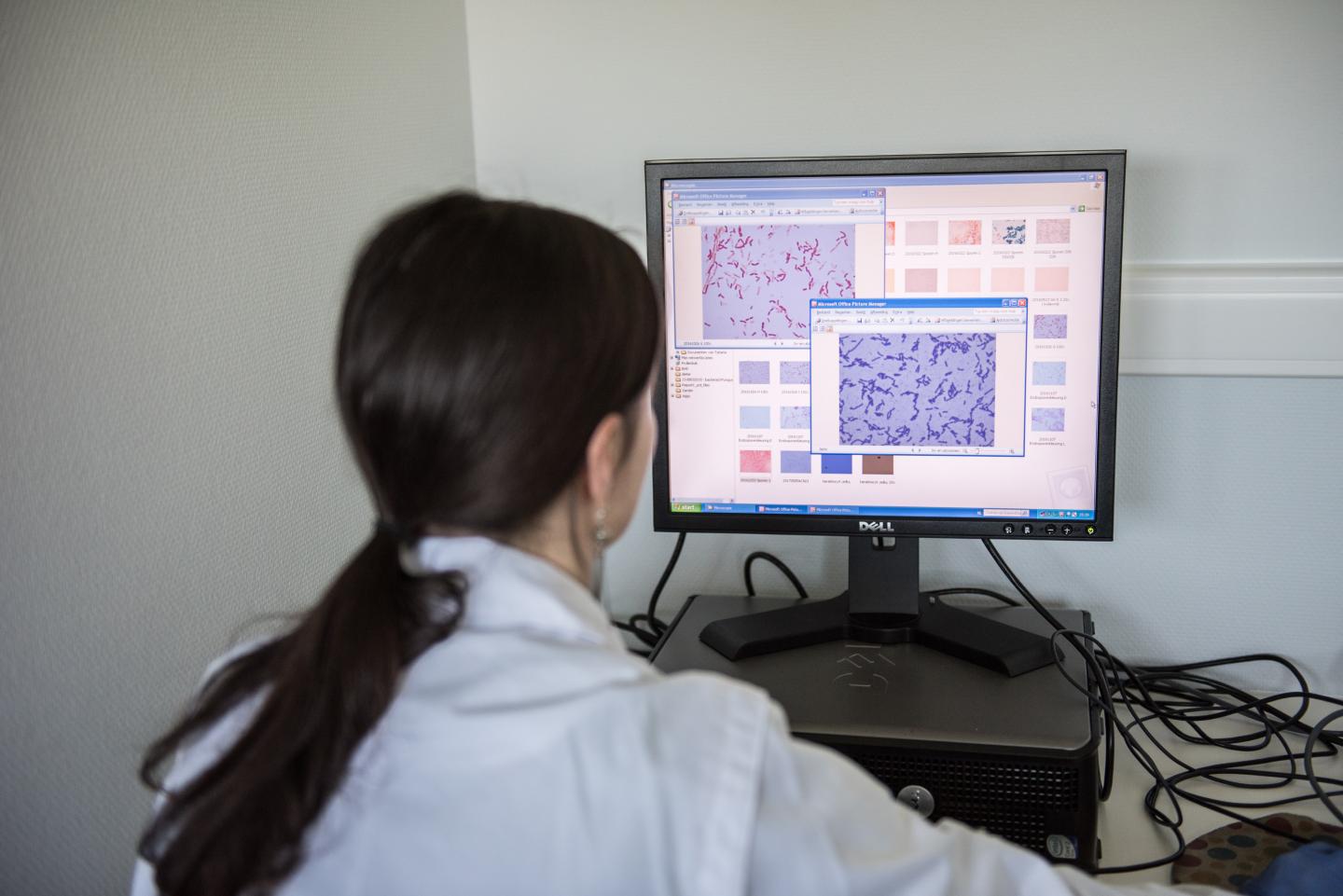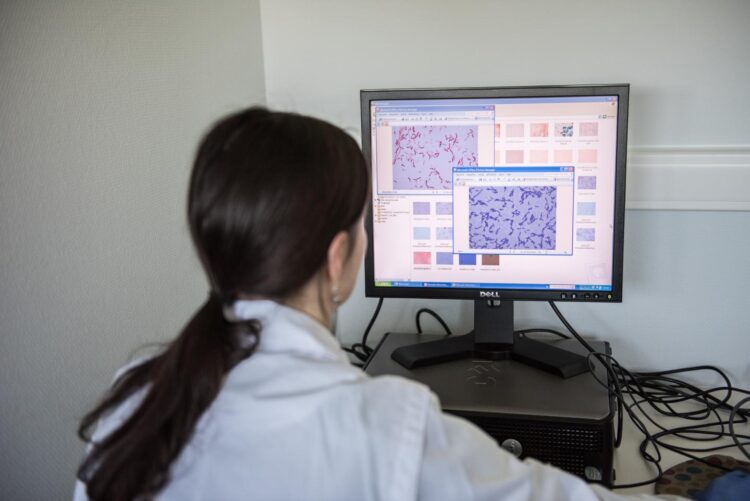Scientists announce new names for some of the most popular probiotic bacteria

Credit: Photo by http://benvandenbroecke.be/
from https://isappscience.org/
“Probiotic” is a broad term that refers to a range of different microorganisms that confer health benefits. Just as medications are identified by product names that connect them to the conditions they treat, probiotics are referred to by specific names that link them to scientifically-demonstrated health effects. A complete probiotic name includes the Latin name for genus and species, in addition to the strain: for example, Lactobacillus rhamnosus GG.
A global group of scientists, led by Prof. Giovanna Felis of Italy, Prof. Michael Ganzle of Canada, and Prof. Sarah Lebeer of Belgium, has recently published a paper announcing name changes for some of the bacteria that were historically grouped under the category of Lactobacillus. Members of the Lactobacillus genus are among the most popular bacteria found in consumer probiotic products and fermented foods.
The impetus for the name changes comes from new scientific tools developed over the past few decades, which enable scientists to look at bacterial genes. Now that scientists are able to sequence the genes of bacteria, they have information about which ones are closely genetically related and they are changing the bacterial names to better reflect these relationships. Thus, the wide variety of bacteria that were previously grouped under Lactobacillus have been separated into 25 different genera.
According to the naming conventions for all living things, the first species ever described as a Lactobacillus gets to retain its genus name – so the yogurt-making bacterial species Lactobacillus delbruecki will keep its name, along with the bacteria that are closely related to it.
The new paper, which includes International Scientific Association for Probiotics and Prebiotics board member Dr. Sarah Lebeer as co-author, was published in the International Journal of Systematic and Evolutionary Biology. Lebeer says, “This task had been on the agenda of scientists for a while. We are pleased that we managed to unite different international teams working on comparative genomics of Lactobacillus with taxonomy experts, collaborating for the best interest of the whole field.”
Lebeer adds, “I admit it’s a bit painful to see the names of my favorite bacteria change (including Lacticaseibacillus rhamnosus GG for LGG). Yet I look forward to the new insights provided by this comprehensive analysis of taxonomy, evolutionary history, physiology, and ecology of lactobacilli. The most closely related bacteria sharing most properties now have the same genus name, while lactobacilli that are more distantly related can be more clearly discriminated from each other.”
The paper authors have created a website where the previous names and the new names of the bacteria can be searched.
The bacteria in consumer products will remain the same after these name changes are implemented, but their product labels will be updated. Because only the genus names are affected (and many new genus names were deliberately chosen to begin with the letter ‘L’), most products will remain easy to recognize.
The paper proposes splitting the existing genus Lactobacillus into Lactobacillus and Paralactobacillus, as well as 23 new genera with the following names: Holzapfelia, Amylolactobacillus, Bombilactobacillus, Companilactobacillus, Lapidilactobacillus, Agrilactobacillus, Schleiferilactobacillus, Loigolactobacilus, Lacticaseibacillus, Latilactobacillus, Dellaglioa, Liquorilactobacillus, Ligilactobacillus, Lactiplantibacillus, Furfurilactobacillus, Paucilactobacillus, Limosilactobacillus, Fructilactobacillus, Acetilactobacillus, Apilactobacillus, Levilactobacillus, Secundilactobacillus, and Lentilactobacillus.
ISAPP has created an infographic explaining these name changes for consumers.
###
Media Contact
Mary Ellen Sanders
[email protected]
Related Journal Article
http://dx.





